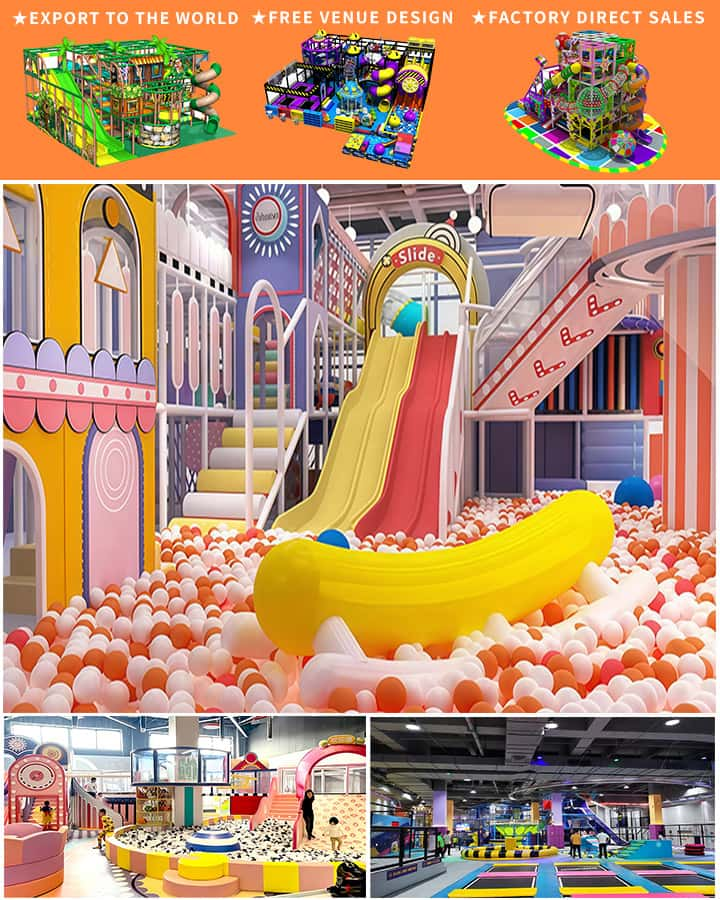In recent years, awareness of sensory needs in individuals with autism has significantly increased, leading to the development of specialized playground equipment designed to cater to these unique requirements. Sensory playground equipment for autism is more than just a source of entertainment; it’s an essential tool that promotes inclusivity, supports development, and provides a safe space for children with autism to engage with their peers.
Understanding Sensory Needs in Autism
Children with autism often experience sensory processing issues, which can make traditional playground equipment overwhelming or even intolerable. These sensory challenges can manifest as hypersensitivity (over-responsiveness) or hyposensitivity (under-responsiveness) to sensory stimuli such as sound, light, touch, and movement. Consequently, many standard playground features may not be suitable or enjoyable for them.
Features of Sensory Playground Equipment
Sensory playground equipment is thoughtfully designed to accommodate these sensory sensitivities. Here are some key features:
Tactile Elements: Equipment like textured climbing structures and tactile panels provide varied surface textures that children can explore through touch. These tactile experiences can be both calming and engaging for children who seek different sensory inputs.

Colorful and Vibrant Designs: Bright colors and visually stimulating patterns on swings, slides, and other equipment can captivate the attention of children with autism. Visual appeal plays a crucial role in creating a welcoming and stimulating environment.
Soft Textures and Materials: Many sensory play areas incorporate soft, cushioned surfaces and materials to reduce the risk of injury and provide a comforting tactile experience. This is especially beneficial for children who are sensitive to hard surfaces or rough textures.
Interactive Features: Equipment with interactive components, such as musical instruments integrated into playground structures, encourage social interaction and physical activity. Children can bang drums, play chimes, or press buttons that produce sounds, enhancing their auditory experience in a controlled and enjoyable way.
Calming Spaces: Sensory playgrounds often include quiet, serene areas where children can retreat if they become overwhelmed. These spaces might feature hammocks, sensory gardens, or gentle water features designed to soothe and rejuvenate.
Benefits of Sensory Playground Equipment
The inclusion of sensory playground equipment offers numerous benefits:
Developmental Support: Engaging with sensory-rich environments helps children develop motor skills, balance, and coordination. The variety of textures and interactive features also aids in cognitive development and problem-solving abilities.
Social Integration: Sensory playgrounds create opportunities for children with autism to interact with their peers, fostering social skills and reducing feelings of isolation. When children have access to equipment tailored to their needs, they are more likely to participate in group activities.
Emotional Well-being: Sensory play can be highly therapeutic. It provides a channel for self-expression and emotional release, helping children manage anxiety, frustration, and sensory overload.
Creating Inclusive Communities
Communities and schools are increasingly recognizing the importance of creating inclusive environments. By investing in sensory playground equipment, they demonstrate a commitment to supporting all children, regardless of their abilities. These spaces not only benefit children with autism but also educate neurotypical children about diversity and empathy.
In conclusion, sensory playground equipment for autism represents a significant step towards creating more inclusive and supportive environments for children with diverse needs. As our understanding of autism continues to grow, so too should our efforts to provide enriched, accommodating spaces where every child can play, learn, and thrive.




